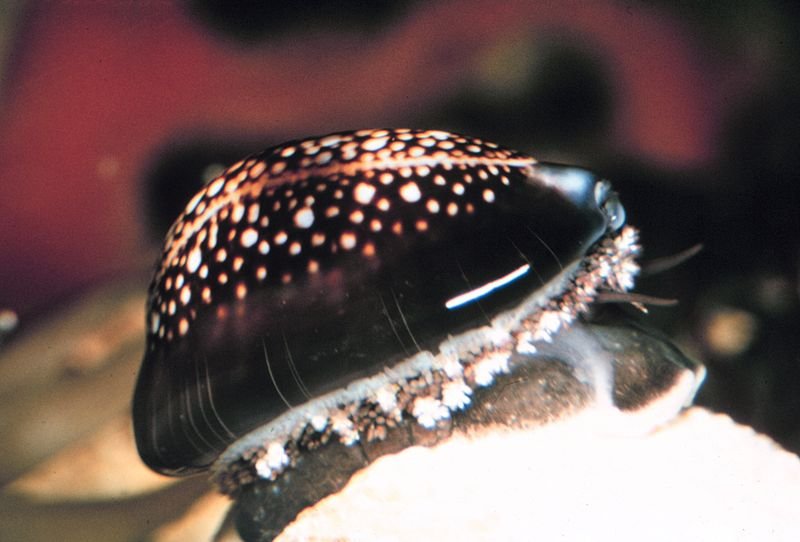Cowries (esp. Cypraea moneta) were used as a currency in Africa (Ghanaian cedi in Ghana named after cowry shells) and elsewhere, such as in China and India where the shell or copies of the shell were in theory used as a means of exchange. They are also worn as jewelry or otherwise used as ornaments or charms, as they are viewed as symbols of womanhood, fertility, birth and wealth. The symbolism of the cowry shell is associated with the appearance of its underside: the lengthwise opening makes the shell look like a vulva or an eye.
Cowry shells are sometimes used in a way similar to dice, e.g., in board games like Pachisi, or in divination (cf. Ifá and the annual customs of Dahomey). A number of shells (6 or 7 in Pachisi) are thrown, with those landing aperture upwards indicating the actual number rolled ..." (Wikipedia)










